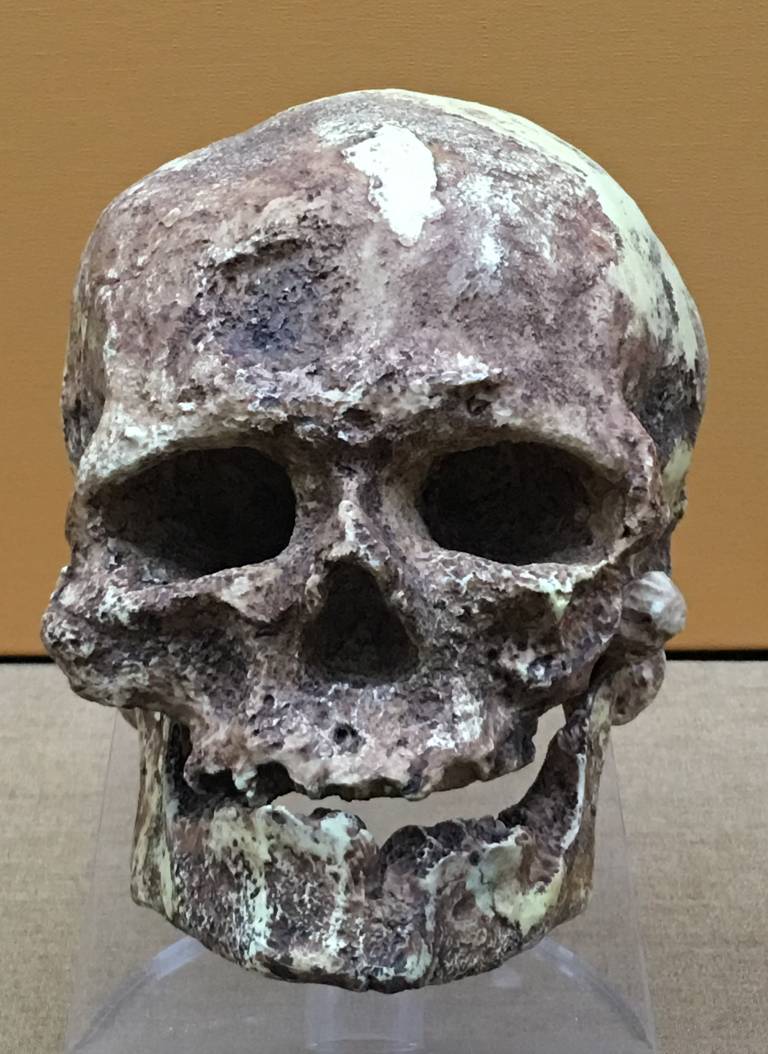A cranial injury from the earliest Gravettian at the Cro-Magnon rock shelter, France
19 March 2023
Discovered over 150 years ago, the early Upper Paleolithic human remains from the Cro-Magnon rock shelter have an iconic status, but because of skeletal commingling after discovery, their bio-profiles remain incomplete and contentious.

Discovered over 150 years ago, the early Upper Paleolithic human remains from the Cro-Magnon rock shelter have an iconic status, but because of skeletal commingling after discovery, their bio-profiles remain incomplete and contentious. The defect on the frontal bone of the cranium known as Cro-Magnon 2 has been interpreted as both an antemortem injury and a postmortem (i.e., taphonomic) artifact previously. This contribution considers the cranium in order to clarify the status of the defect on the frontal bone and to situate these remains among others of Pleistocene date with similar types of lesions. The diagnostic criteria used to assess the cranium are drawn from recent publications of actualistic experimental studies of cranial trauma and from those associated with cranial trauma due to violence in forensic anthropological and bioarchaeological contexts. The appearance of the defect and comparison with more recent documented cases from the preantibiotic era suggest that the defect is a result of antemortem trauma with survival for a short period. The location of the lesion on the cranium provides growing evidence for interpersonal aggression in these early modern human groups, and the place of burial also provides insight into related mortuary behavior.
Christopher J. Knüsel, Adrien Thibeault, Sébastien Villotte
 Close
Close

